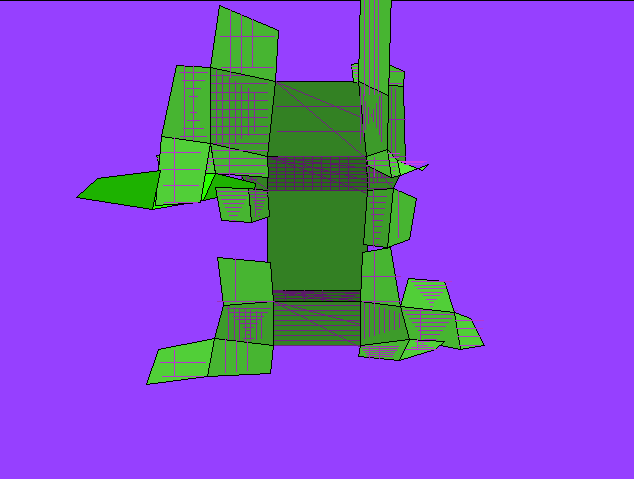Last night at 0-Day Art's presentation at Eyebeam, the term "net art" was bandied about as if we all knew what it was.
It could be something practiced by one of 13, or possibly 14 types of actors. (See discussion with Duncan Alexander on whether the "wtf is a net artist" list is a catalog or a shrug.)
It could also mean something different depending on when it occurred, for example:
The Josephine Bosma era (early web through the Dotcom crash). Any artist interviewed by Josephine Bosma. The heyday of Steve Dietz at the Walker Art Center, or Dia Foundation's attempt at an online gallery.
The Blogosphere era (roughly 2001 - 2007). Rhizome transitions from a ListServ to a blog. Eyebeam Reblog (now kaput). Surf clubs. YTMND and 4Chan thrive as non-blog sites. Rise of Delicious and Flickr. Livejournal, MySpace collectivize the blog model, leading to:
The Social Media era (2007 to the present). Facebook, Tumblr and Twitter. Various attempts to make networking on these giant sites "performative." Trolling and friending as bullshit relational aesthetics. The economy of liking. "Aggregation" beyond the dreams of Borges.
(hat tip Lindsay Howard for Josephine Bosma link.)
Update: Add YouTube to the blogosphere era - guess it has to go somewhere. But did anyone call themselves YouTube artists the way some people (actually) tried to call themselves twitter artists? Seems like that was more of a media creation-slash-museum misfire, a la the Guggenheim's non-paradigm shifting YouTube show.
Update 2: Since I already had net art being slung around in the Duncan convo I decided it needed to be bandied about in this post.

